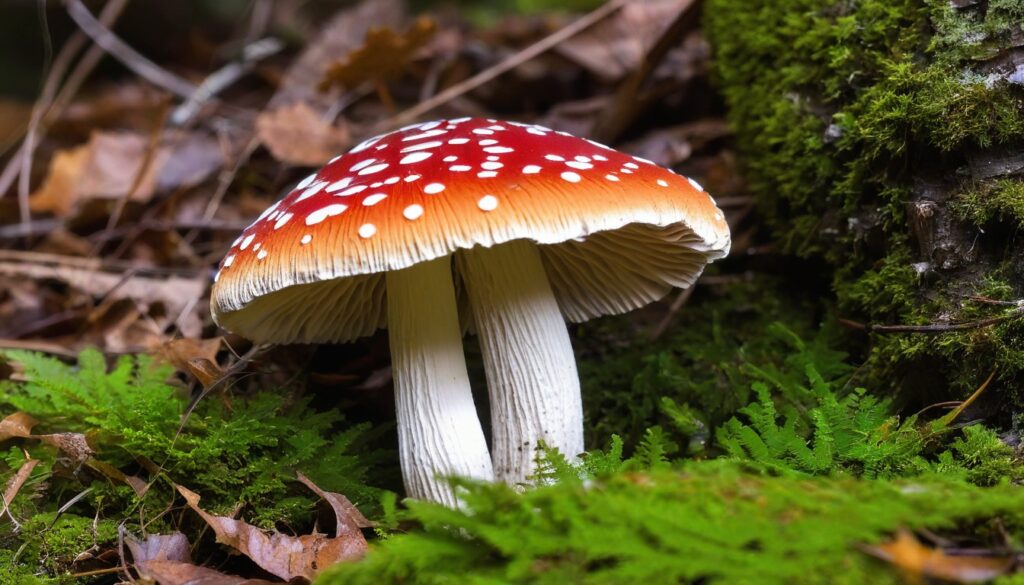Washington State is home to a diverse array of mushrooms, including some poisonous species that can be harmful if ingested. Foraging for mushrooms can be a fun and rewarding activity, but it’s essential to know how to identify the dangerous ones.
In this guide, we will provide you with all the information you need to know about poisonous mushrooms in Washington State. From identifying them to understanding their toxic effects and the available treatment options, we’ve got you covered.
Key Takeaways
- Washington State has various types of poisonous mushrooms that can cause harm if ingested.
- It is essential to identify poisonous mushrooms using key features to avoid confusion with edible varieties.
- Symptoms of mushroom poisoning can range from mild to severe, and it is crucial to seek medical attention immediately.
- Mushroom foragers must follow the regulations and laws in Washington State to avoid any legal repercussions.
- Public awareness and resources are available to help individuals learn more about poisonous mushrooms and their dangers.
Types of Poisonous Mushrooms in Washington State
Washington State is home to many different types of poisonous mushrooms. It is essential to know how to identify them, as consumption can result in severe illness or even death.
|
Mushroom |
Characteristics |
Toxic Effects |
Common Locations |
|---|---|---|---|
|
Death Cap |
Smooth with greenish cap, white gills and stem |
Contains amatoxins that cause liver and kidney failure |
Found near oak trees in urban areas |
|
Destroying Angel |
White, usually with a bulbous base and a smooth cap |
Contains amatoxins that cause liver and kidney failure |
Often found in wooded areas, growing with conifers and hardwoods |
|
Conocybe filaris |
Small and brown with a conical cap |
Contains amatoxins that can cause liver and kidney failure |
Found in grassy areas such as lawns and parks |
|
Fly Agaric |
Bright red cap with white spots |
Contains muscimol and ibotenic acid that can cause hallucinations and delirium |
Found in coniferous and deciduous forests |
|
False Morel |
Wrinkled cap that resembles a brain or a saddle |
Contains gyromitrin that can cause nausea, vomiting, and in some cases, seizures or coma |
Found in hardwood forests and typically grows near disturbed soil |
It is crucial to avoid consuming any mushrooms that have not been identified as safe to eat. When in doubt, it is always better to err on the side of caution and seek expert guidance from a mycologist or other qualified professional.
Identifying Poisonous Mushrooms
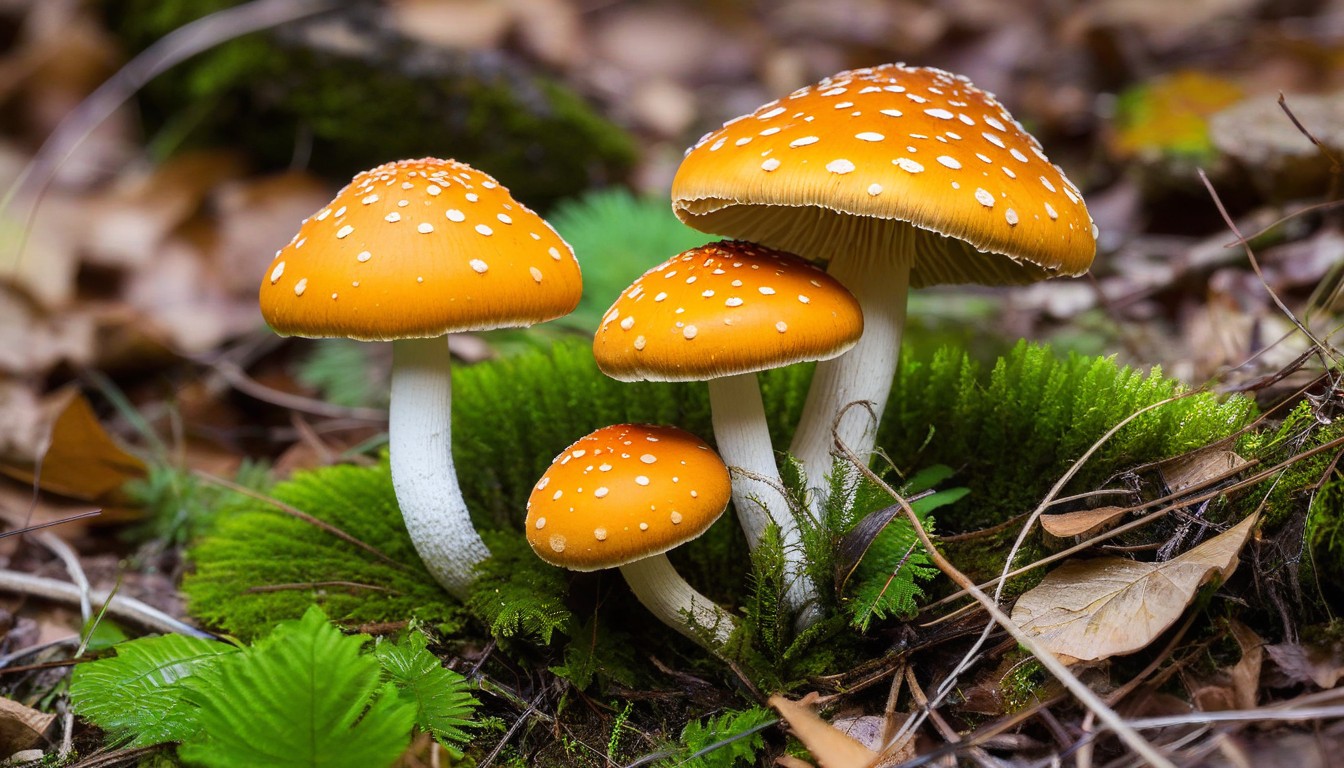
Identifying poisonous mushrooms is a critical skill for anyone planning to forage in Washington State. While there are many different types of toxic mushrooms, there are several key features to look out for when trying to distinguish them from edible varieties.
Color
Color is one of the most important factors in identifying poisonous mushrooms. Many toxic mushrooms feature bright colors, such as red, yellow, and orange, while some have striking white or black appearances. If a mushroom stands out for its color, it is essential to proceed with caution and conduct further research to ensure that it is safe to consume. Edible mushrooms tend to be more subdued in color.
Shape
The shape of a mushroom can also provide critical clues about its toxicity. Some poisonous mushrooms have distinctive shapes, such as the death cap mushroom’s signature “umbrella” cap. Other species, such as the destroying angel mushroom, may have a more standard mushroom shape but can be toxic nonetheless. It is important to pay attention to the unique features of each mushroom type to avoid confusion and misidentification.
Texture
Texture is another critical factor in identifying poisonous mushrooms. Many toxic mushrooms have slimy or sticky caps or stalks, while others have a rough or scaly exterior. In contrast, edible mushrooms tend to have a smooth, dry, and firm texture. Be sure to examine the texture of any mushroom before consuming it.
Note: These are just a few of the key features involved in identifying poisonous mushrooms. For a more comprehensive guide, we recommend consulting reputable mushroom foraging resources or seeking expert guidance.
Common Misidentified Mushrooms
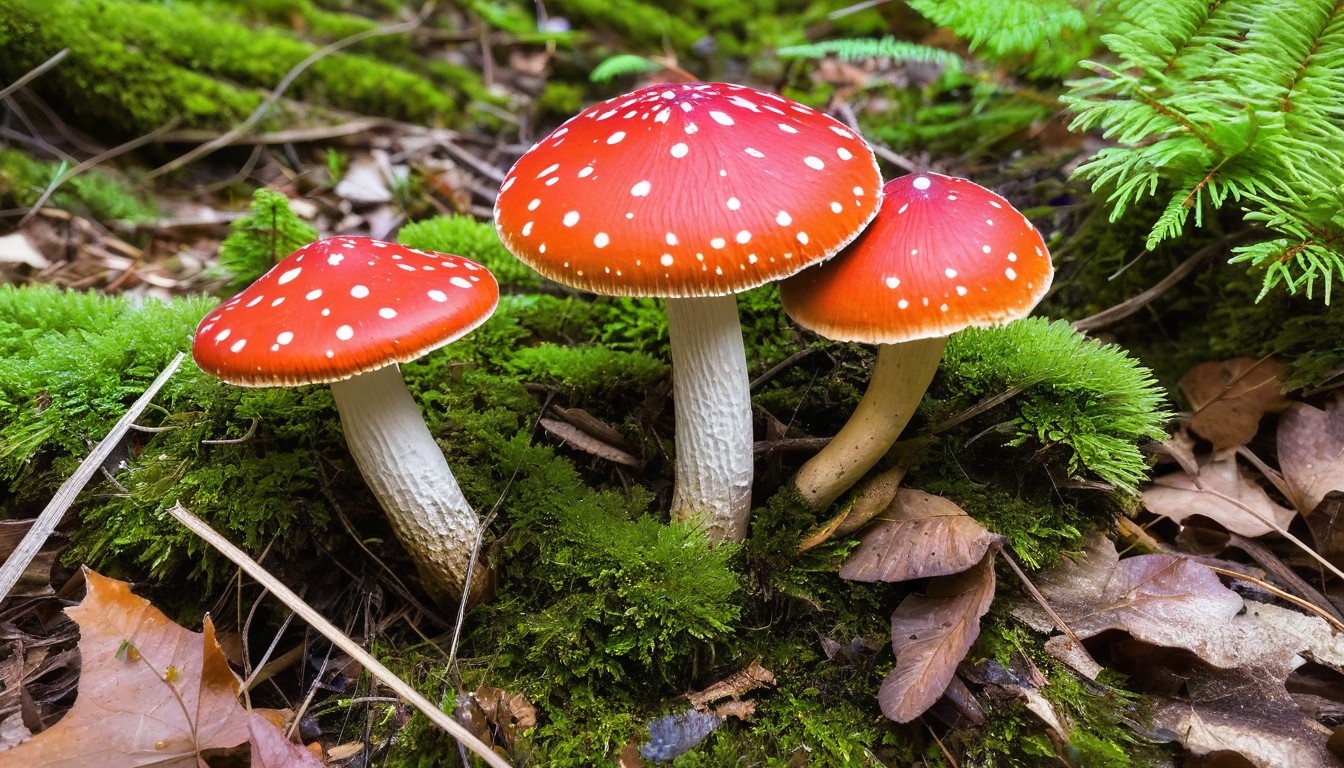
Washington State is home to several species of poisonous mushrooms that are frequently misidentified as edible varieties. Identifying these dangerous fungi is vital to avoid consumption and potential poisoning. Below are some of the most commonly misidentified mushrooms in Washington State:
|
Mushroom |
Scientific Name |
Toxicity |
Typical Habitat |
|---|---|---|---|
|
False Morel |
Gyromitra esculenta |
Highly toxic |
Forests, particularly near hardwood trees |
|
Death Cap |
Amanita phalloides |
Highly toxic |
Forests, particularly near oak trees |
|
Conocybe filaris |
Conocybe filaris |
Deadly |
Damp areas and grassy fields |
|
Autumn Skullcap |
Galerina marginata |
Highly toxic |
On dead or decaying wood, particularly in coniferous forests |
|
Destroying Angel |
Amanita virosa |
Deadly |
Forests, particularly near hardwood trees |
With their similar appearances to edible mushrooms, it is important to avoid consuming these poisonous varieties. It is also essential to avoid confusing them with other safe varieties that resemble them. When in doubt, seek the advice of a mushroom expert or trained professional before consuming any wild mushroom in Washington State.
Poisonous Mushroom Poisoning Symptoms
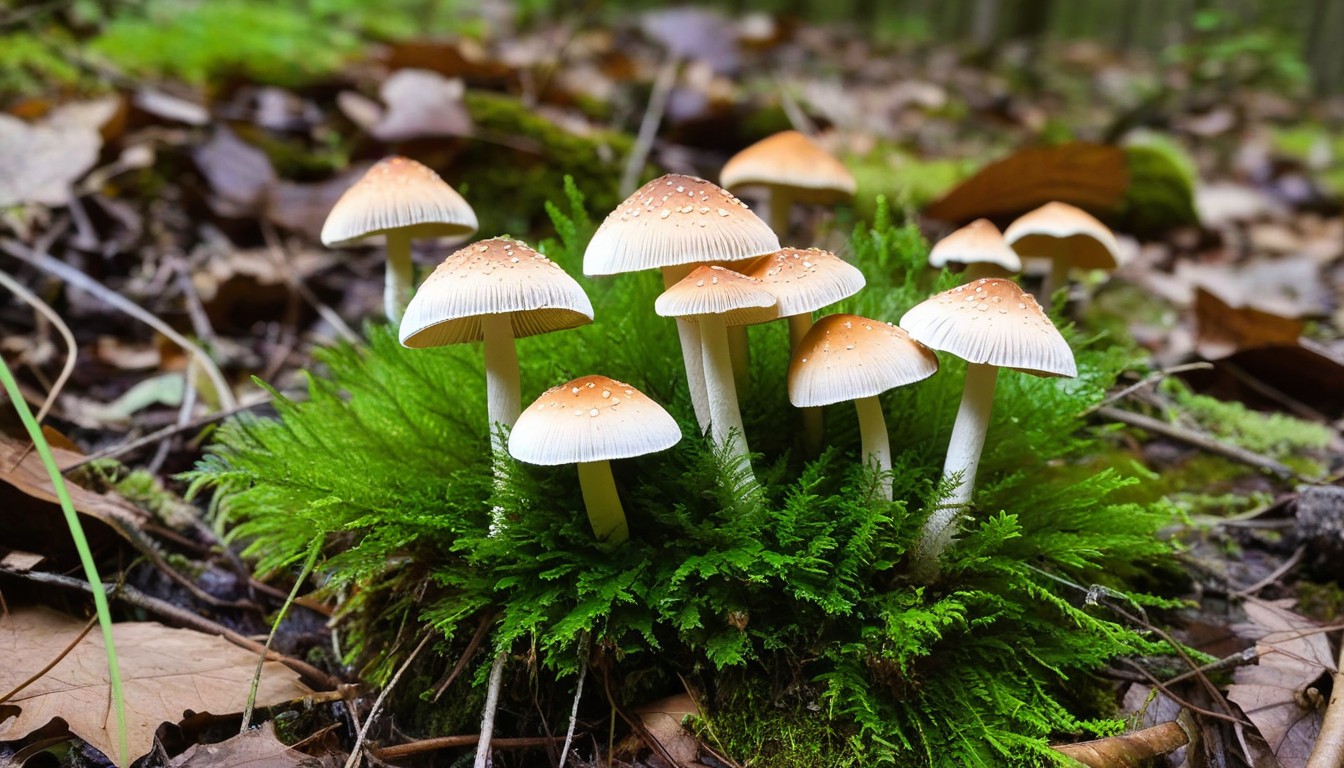
If you have consumed a poisonous mushroom in Washington State, it is crucial to recognize the symptoms of poisoning and seek medical attention immediately. Symptoms can vary depending on the type and amount of mushroom consumed, but common signs include:
- Abdominal pain: Severe cramping or pain in the stomach area
- Nausea and vomiting: Feeling sick to your stomach and vomiting
- Diarrhea: Watery or loose bowel movements
- Difficulty breathing: Shortness of breath, chest tightness, wheezing, or other breathing problems
- Confusion: Feeling disoriented, delirious, or experiencing hallucinations
- Jaundice: Yellowing of the skin and whites of the eyes
- Seizures: Uncontrolled movements, convulsions, or fits
It is essential to remember that symptoms may take several hours or days to appear, especially in cases where the mushroom consumed was slow-acting or caused liver or kidney damage.
Mushroom Foraging Safety Tips
If you’re planning on foraging for mushrooms in Washington State, you must take precautionary measures to stay safe. Follow these essential safety tips for a safe and enjoyable foraging experience:
Proper Equipment
Ensure you have all the necessary gear before embarking on your foraging trip. A sturdy basket or bag for collecting mushrooms, a pocket knife for cutting mushrooms, and a field guide to confirm the identity of mushrooms are essential.
Location Research
Before setting out to forage, research and choose a location known for its mushroom abundance and safety. Ask other foragers or consult with local authorities for information about popular mushroom hotspots.
Expert Guidance
If you’re new to mushroom foraging, consider seeking guidance from an experienced mushroom forager. Expert guidance can help you identify the risks and avoid dangerous mushrooms.
Remember, some poisonous mushrooms look very similar to edible ones. If you’re unsure about any mushroom’s identification, don’t take any risks.
Leave No Trace
Ensure you respect the environment and leave behind no trace. Only pick mushrooms you intend to consume, and do not disturb the environment or any wildlife.
By following these safety tips, you can enjoy mushroom foraging while staying safe and preserving nature’s balance.
Health Risks and Treatment
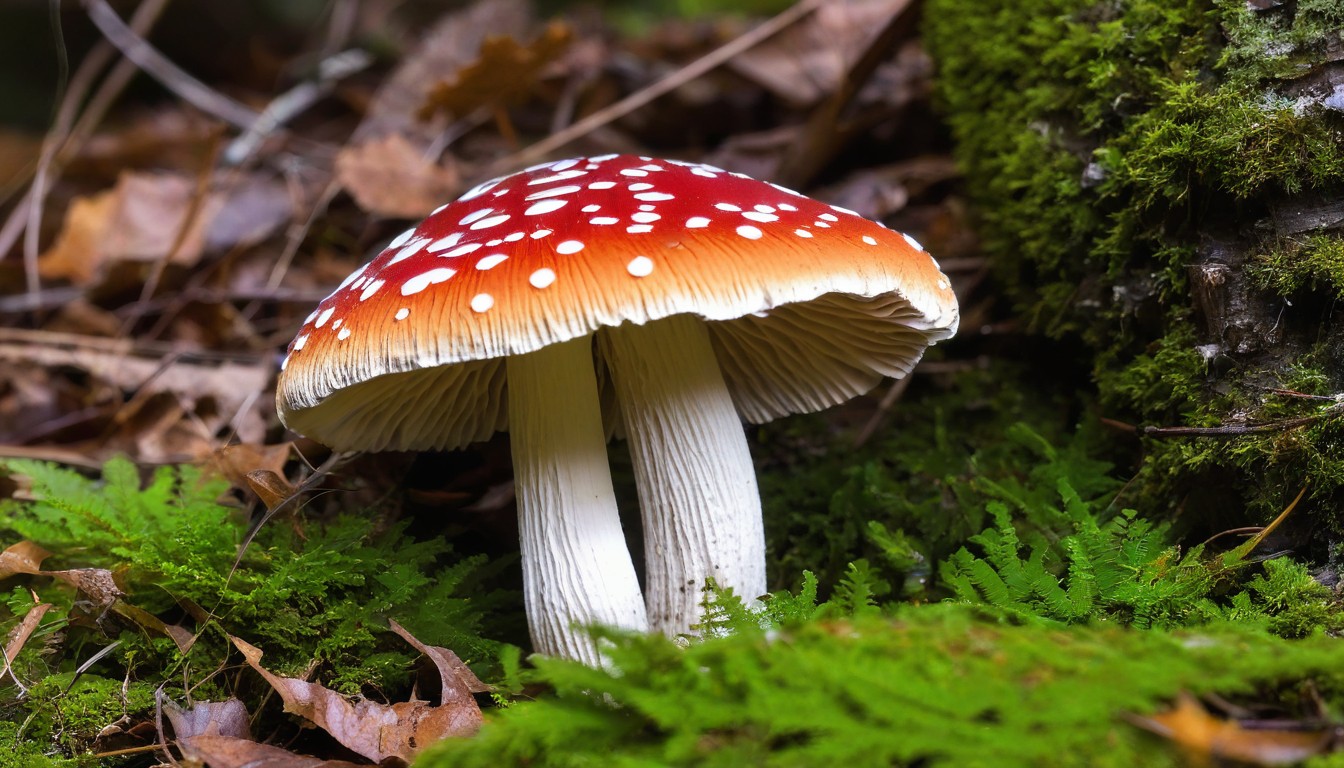
Consuming poisonous mushrooms can have severe health consequences, ranging from mild gastrointestinal discomfort to organ failure and even death. Symptoms of mushroom poisoning can include vomiting, diarrhea, hallucinations, seizures, and coma.
If you suspect that you or someone you know has ingested a poisonous mushroom, seek professional medical assistance immediately. Do not attempt to self-diagnose or self-treat, as delays in treatment can be life-threatening.
The treatment for mushroom poisoning depends on the type of mushroom ingested and the severity of the symptoms. In some cases, the stomach may need to be pumped, and the patient may require supportive care such as intravenous fluids, medications, and oxygen therapy.
It’s essential to remember that the most effective way to prevent mushroom poisoning is to avoid consuming wild mushrooms altogether. Always purchase mushrooms from a reliable source or, if you plan on foraging, seek guidance from an experienced and knowledgeable guide.
Public Awareness and Resources
Raising public awareness about the dangers of Poisonous Mushrooms is crucial. To avoid mushroom poisoning in Washington State, it’s important to take precautions and educate oneself on the subject. To support individuals in their pursuit of knowledge, we have compiled a list of resources:
|
Resource |
Description |
|---|---|
|
Washington Native Plant Society |
This nonprofit organization offers educational resources and events, including classes on mushroom identification and safety. |
|
Puget Sound Mycological Society |
This society provides educational lectures, workshops, and forays led by experienced mycologists. |
|
CDC’s Poisonous Mushroom Information |
This website offers reliable, detailed information on the symptoms and treatments associated with mushroom poisoning. |
|
WSDOT Mushroom Hunting Information |
This resource provides up-to-date information on mushroom hunting regulations in Washington State. |
By utilizing these resources and staying informed, individuals can protect themselves from the dangers of Poisonous Mushrooms while enjoying the beauty of Washington’s mushrooms safely.
Regulations and Mushroom Foraging Laws
Mushroom foragers must abide by the regulations and laws of Washington State to ensure their safety and the sustainability of the environment. These regulations and laws are in place to protect the ecosystem and regulate foraging activities.
Permit Requirements for Commercial Foraging
Commercial mushroom foragers require a State Forest Land Commercial Mushroom Permit to forage on state land. This permit allows individuals to harvest mushrooms for sale or commercial use and can be obtained from the Washington State Department of Natural Resources.
Permit Requirements for Personal Foraging
Personal mushroom foragers do not need a permit to forage on state land in Washington. However, foraging is prohibited in state parks, natural areas, and wildlife areas unless it is permitted for educational or research purposes.
Protected Species
Some mushroom species are designated as protected in Washington State, and harvesting them is illegal. These species can be found on the Washington State Protected Plant and Fungi List. It’s crucial to identify and avoid these protected species to prevent any legal consequences.
Conservation Efforts
Washington State enacted legislation to promote the sustainable harvest of wild mushrooms and protect natural resources. The federal government has also implemented conservation efforts to manage mushroom harvesting on federal lands. It’s crucial to support these efforts for the long-term health and preservation of the environment.
Mushroom foraging can be a rewarding and enjoyable activity. However, it is crucial to follow regulations and laws to forage safely and protect the environment. Always consult with local authorities, environmental agencies, and experts before foraging for mushrooms in Washington State.
Conclusion
As we have seen, understanding and identifying poisonous mushrooms in Washington State is of utmost importance. By learning about the types of toxic fungi, how to identify them, and the risks of consuming them, foragers can stay safe while enjoying the outdoors.
Remember, even experienced foragers can make mistakes. If you suspect mushroom poisoning, seek professional medical help immediately. There are various resources available to support those interested in mushroom foraging, including local organizations and online forums.
Lastly, it is essential to follow the regulations and laws surrounding mushroom foraging in Washington State. By exercising caution and responsibility, we can preserve our natural environment and stay safe while enjoying its bounty.
FAQ
What is the purpose of this guide on poisonous mushrooms in Washington State?
What types of poisonous mushrooms are commonly found in Washington State?
The guide will explore the various species of poisonous mushrooms, highlighting their characteristics, toxic effects, and where they are commonly found in Washington State.
How can I identify poisonous mushrooms in Washington State?
Detailed information on key features, such as color, shape, and texture, will be provided to help you identify poisonous mushrooms and distinguish them from safe-to-consume varieties.
Are there any mushrooms in Washington State that are frequently misidentified as edible?
Yes, this section will discuss commonly misidentified mushrooms in Washington State, emphasizing the potential dangers of mistaking them for edible species.
What are the symptoms of mushroom poisoning from poisonous mushrooms in Washington State?
This section will outline the symptoms associated with consuming poisonous mushrooms found in Washington State, helping you recognize the signs of mushroom poisoning.
What safety tips should I follow when foraging for mushrooms in Washington State?
Essential safety tips specific to mushroom foraging in Washington State will be provided, including equipment recommendations, location research, and the importance of expert guidance.
What are the health risks of consuming poisonous mushrooms, and how are they treated?
The guide will discuss the potential health risks associated with consuming poisonous mushrooms and outline available treatment options. It will emphasize the need for professional medical assistance in cases of mushroom poisoning.
Where can I find additional resources and support regarding poisonous mushrooms in Washington State?
This section will highlight various resources available, such as local organizations, educational materials, and online forums, to support individuals seeking further information on poisonous mushrooms in Washington State.
What are the regulations and laws surrounding mushroom foraging in Washington State?
Mushroom foragers need to be aware of the regulations and laws specific to their activity. This section will outline the specific regulations and mushroom foraging laws in place in Washington State.

